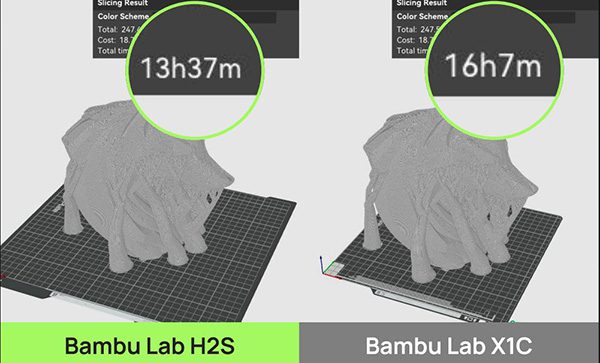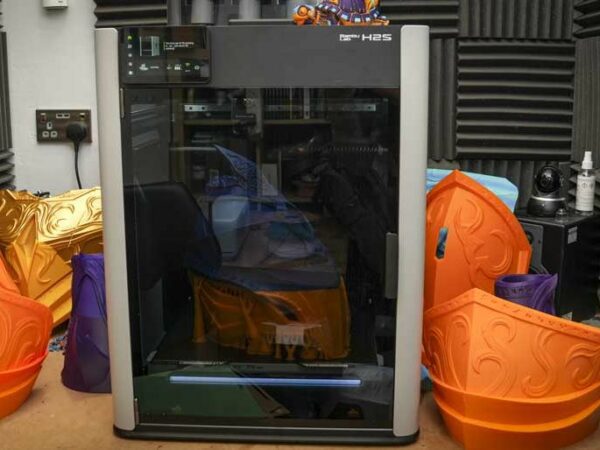The 3D printing landscape is heating up in 2025, and Bambu Lab has just launched a machine that’s already turning heads: the H2S. Positioned as a more accessible but powerful sibling to the H2D, the H2S delivers many of the features makers wanted—larger build volume, high speeds, and smart sensors—without the complexity of dual nozzles. In this article, we’ll explore what you can expect from the H2S: specs, performance, use cases, strengths & trade-offs, and whether it’s a good fit for you.
. Key Specifications & Features You Should Know
Here’s a quick “at a glance” spec breakdown (based on official sources and early reviews):
-
Build Volume: 340 × 320 × 340 mm
-
Heated Bed: Up to 120 °C
-
Max Toolhead Speed & Acceleration: 1000 mm/s, 20,000 mm/s²
-
Enclosure + Chamber Heating: Active chamber heating up to ~65 °C
-
Sensors & Cameras: 23 sensors, multiple cameras (including live view & toolhead) for real-time monitoring
-
Laser / Cutting Upgrade: 10W laser module (cut up to ~5 mm plywood), digital cutting, drawing modes (available in “Laser Edition”)
-
Safety & Filtration: Flame sensors, door/top-cover sensors, emergency stop, HEPA + activated carbon filtration
-
Connectivity & Modes: Cloud & offline modes; Developer Mode with MQTT for advanced users
These features already hint at something ambitious: the H2S is clearly designed to push print quality, versatility, and ease of use in a more streamlined package.
Check out Bambu Lab to know more about H2D specifications: Bambu Lab H2S Large Format 3D Printer | Fast. Precise. Full Color | Bambu Lab US
What Makes the H2S Stand Out
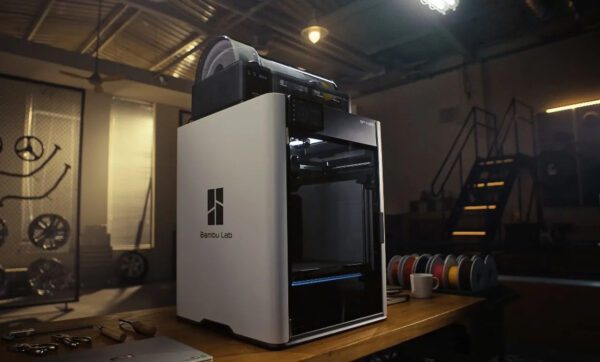
The Bambu Lab H2S delivers a massive build volume—over 220% larger than the X1C series—perfect for big prototypes and functional parts in a single print. It pairs industrial-grade speed and precision (up to 1,000 mm/s, 20,000 mm/s²) with advanced motion control for consistent, high-quality results.
With 23 smart sensors and multiple cameras, the H2S ensures reliability through real-time monitoring of nozzle, filament, and chamber conditions, making long prints worry-free. Its Laser Full Combo upgrade adds cutting, engraving, and drawing functions, turning it into a true all-in-one manufacturing tool. Built-in safety systems and smart air management further enhance user protection and print stability, making the H2S both powerful and dependable.
Here’s Bambu Lab’s explanation on their new technology: H2S the Ultimate Single-Nozzle 3D Printer Now Bigger Than Ever
Trade-offs & Considerations: What to Watch Out For
No machine is perfect. Here are some caveats and trade-offs to keep in mind:
1. Loss of Dual Nozzle Efficiency
The H2S drops the dual-extruder setup of the H2D. That means multimaterial / multicolor prints will be slower, and more purge waste may occur. For users who print complex multi-color models often, that could be a downside. 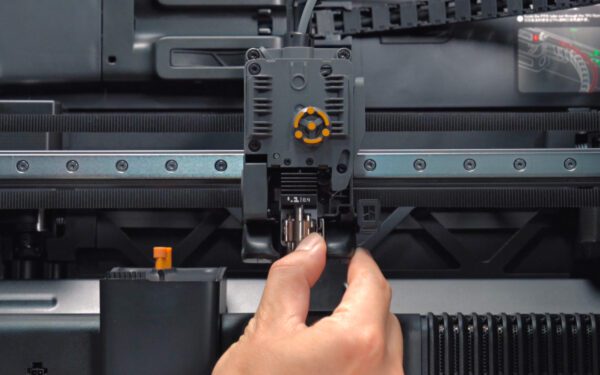
2. No 40W Laser Option
Compared to its sibling (H2D), H2S only offers the 10W laser module (for ~5 mm cuts) in its Laser edition. There is no 40W option for thicker materials. For heavier laser users, that might limit capability.
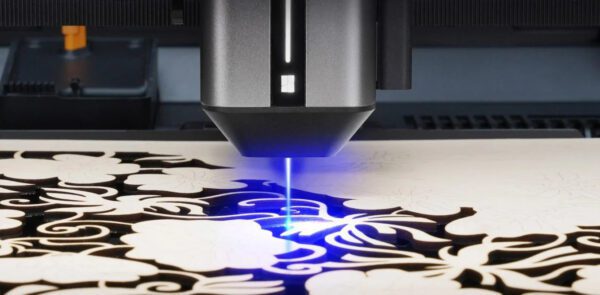
5. Real-World Speed vs Theoretical
The quoted 1000 mm/s is exciting, but in many practical prints (especially with finer detail or delicate surfaces), users may not push to the full extent. The balance between speed and quality will still matter. Early reviews already hint that the “sweet spot” will depend on the model and material used.
Check what other people think: Bambu Lab H2S 3D printer review | TechRadar, Bambu Lab H2S Review: The One We Wanted | Tom’s Hardware, Bambu Lab Launches the New H2S: Technical Specifications and Pricing
Is the H2S Right for you?
Who will benefit most from the H2S, and in what situations?
The Bambu Lab H2S is ideal for a wide range of users. Design studios and prototype shops will appreciate its large build volume and high precision for creating big, single-material models. Engineers and functional users can take advantage of its heated chamber to print durable materials like ABS, ASA, nylon, and carbon-fiber composites.
It also suits makers seeking expandability, offering laser and cutting upgrades without the complexity of a dual-nozzle setup. Mid-sized businesses and makerspaces will find its smart features and reliability perfect for continuous use, while hobbyists upgrading from smaller printers will enjoy having a powerful, scalable machine that grows with their projects. However, if you often print in multiple colors or need heavy-duty laser cutting for thick wood, the H2D or a specialized laser system may still be the better option.
Here’s what people have to say
Tom’s Hardware calls it
“what makers have been asking for” — a plug-and-play, premium single-nozzle printer with a large build area and excellent quality.
reports precision printing up to industrial levels (50 µm accuracy with Vision Encoder), impressive speeds, and that while multi-filament prints are slower than the H2D, the trade-off is acceptable given its price.
The machine is reported to be user-friendly, with automatic bed leveling, strong print quality even at higher speeds, and good handling of engineering materials.
Final Thoughts
The Bambu Lab H2S is shaping up to be a compelling choice for users who want high performance, generous build volume, and smart features—without the added complexity of a dual-nozzle system. It strikes a balance between power and practicality. While it may not fully replace a dual-extruder machine for some advanced multi-material workflows, for many users it will hit the sweet spot.
Check out other Bambu Lab Products Here: Bambu Lab Philippines Official Distributor – Puzzlebox 3D Solutions

